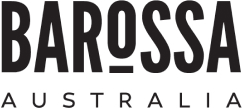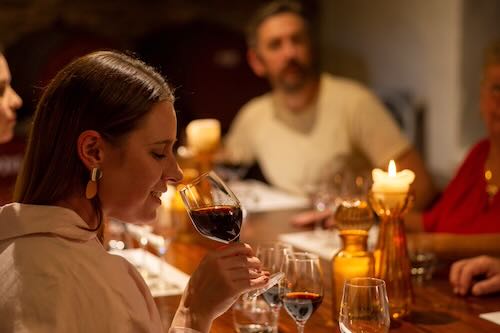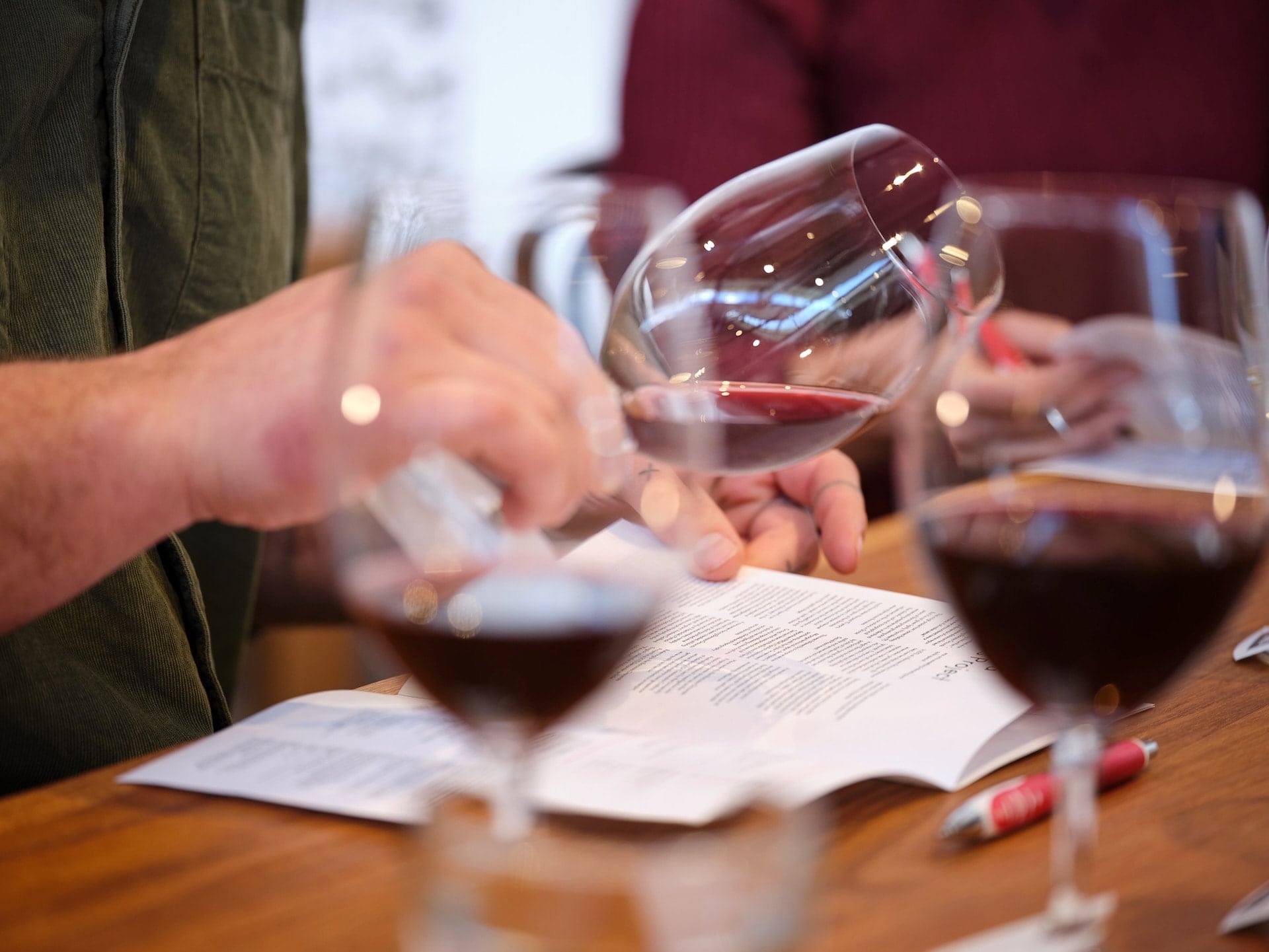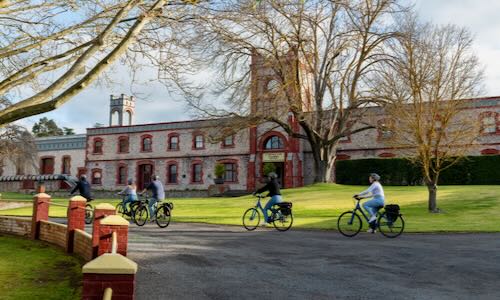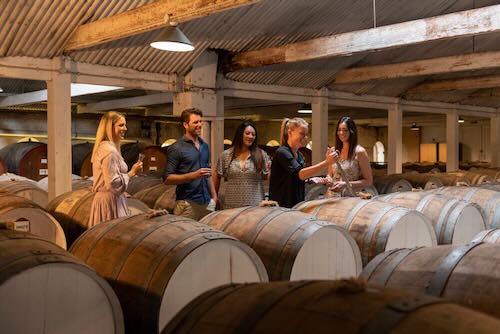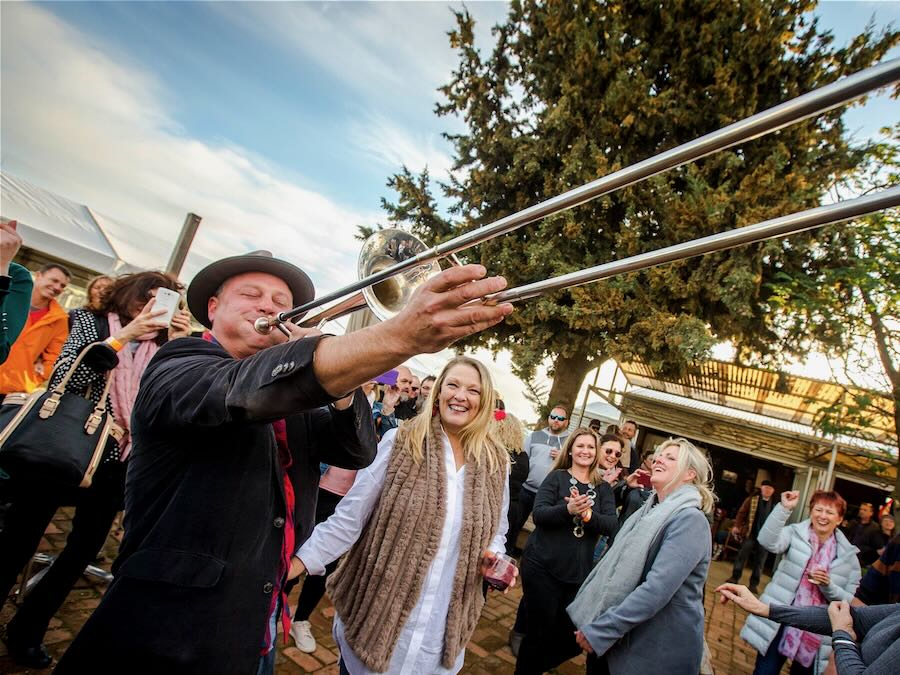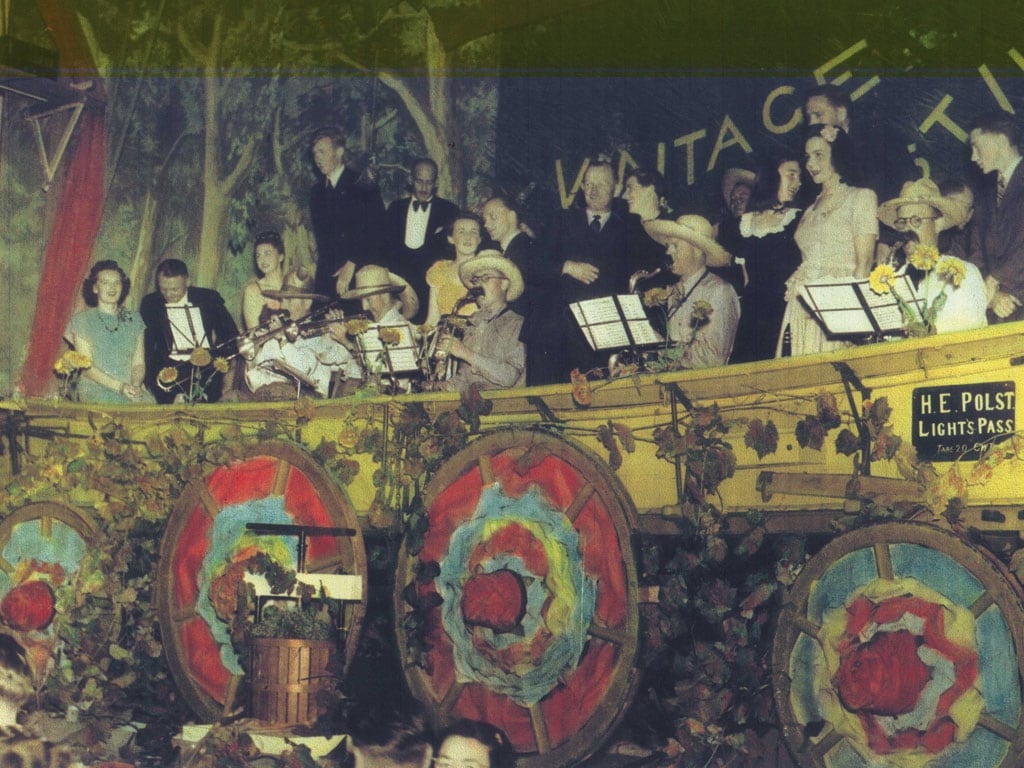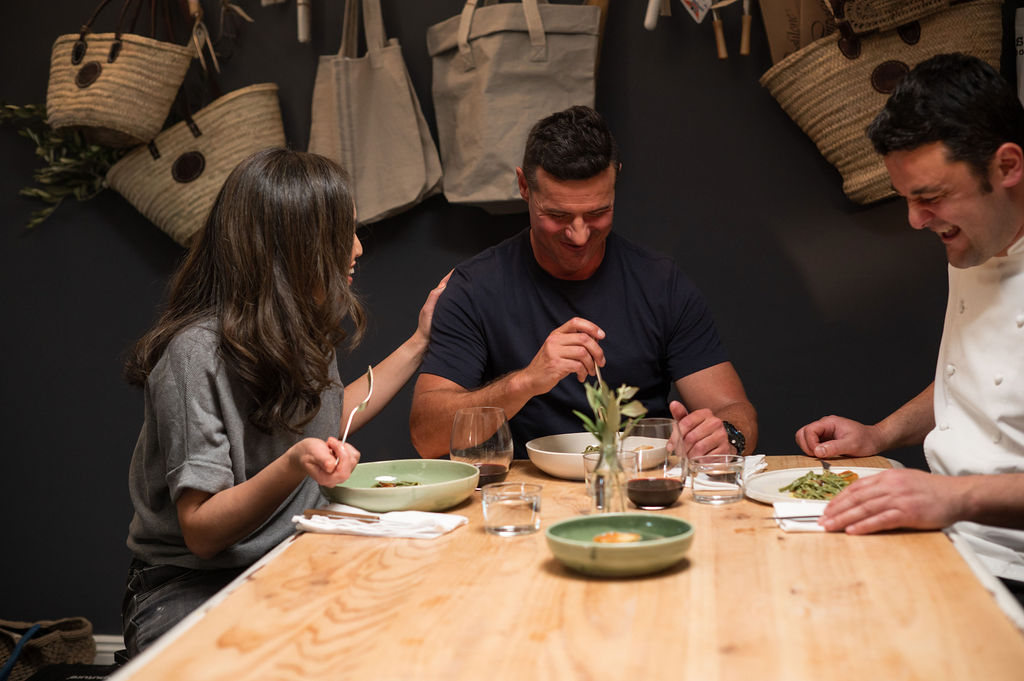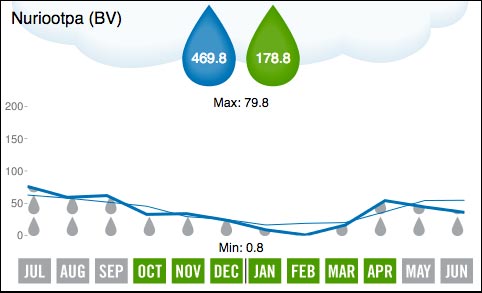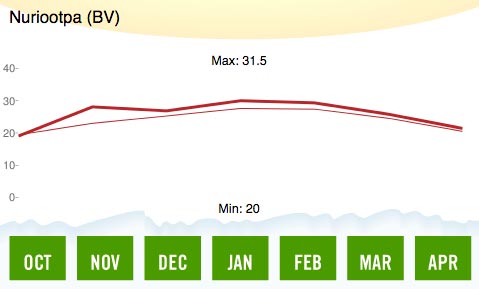Summary
Above average growing season rainfall followed by a cool, mild and dry vintage, the delay leading to “strong” Barossa red wines. Vintage was late and was followed by a very wet April.
In 1954 there were 7,629 hectares of vineyards in Barossa and 38,038 tonnes of wine grapes were crushed in that vintage.
Highlights
The was a season for records. Apart from the large crops it was the second coldest year on record, had the second highest hours of sunlight and for the first time in 61 years the Barossa had a February without rain.
Overproduction was a concern according to Roseworthy College lecturer Allan Hickinbotham who wrote in the Australian Brewing and Wine Journal a “30% increase in consumption will be needed if the 1954 crop is to find a purchaser”.
Orlando produced the first Sparkling Carte Blanche, using the “Charmat” bulk sparkling wine process. This was a prelude to the very popular Barossa Pearl.
Sources
SA Wine Grape Crush Survey, Vinehealth Australia and ‘Barossa Vintages: a wine history from 1842’, Peter Fuller

